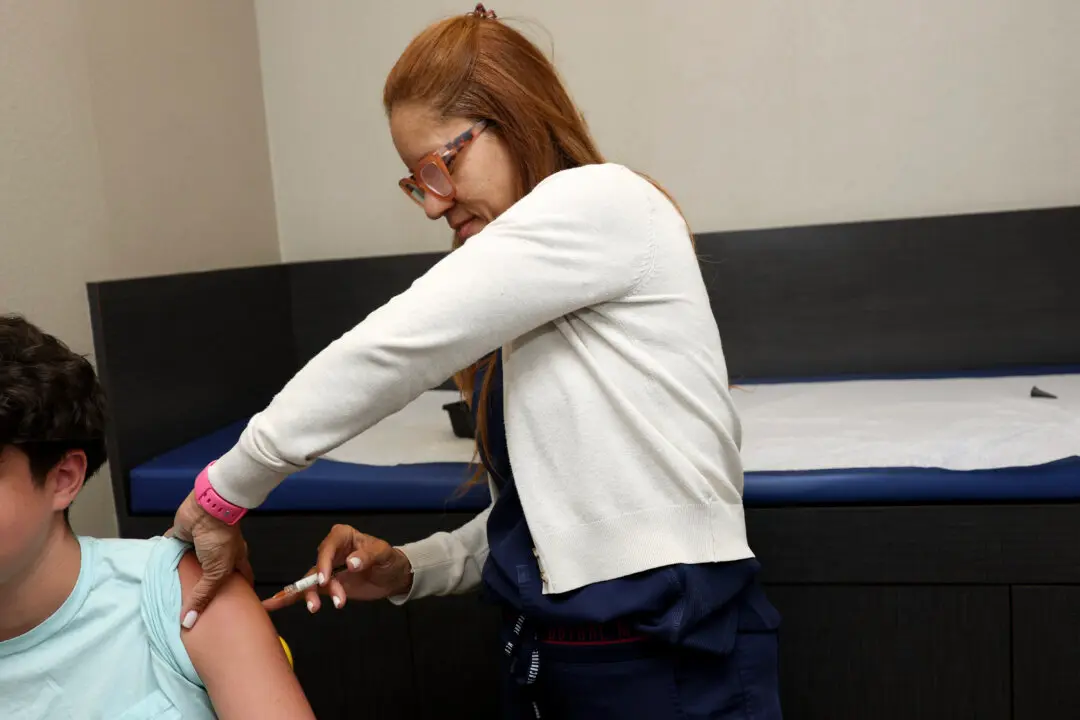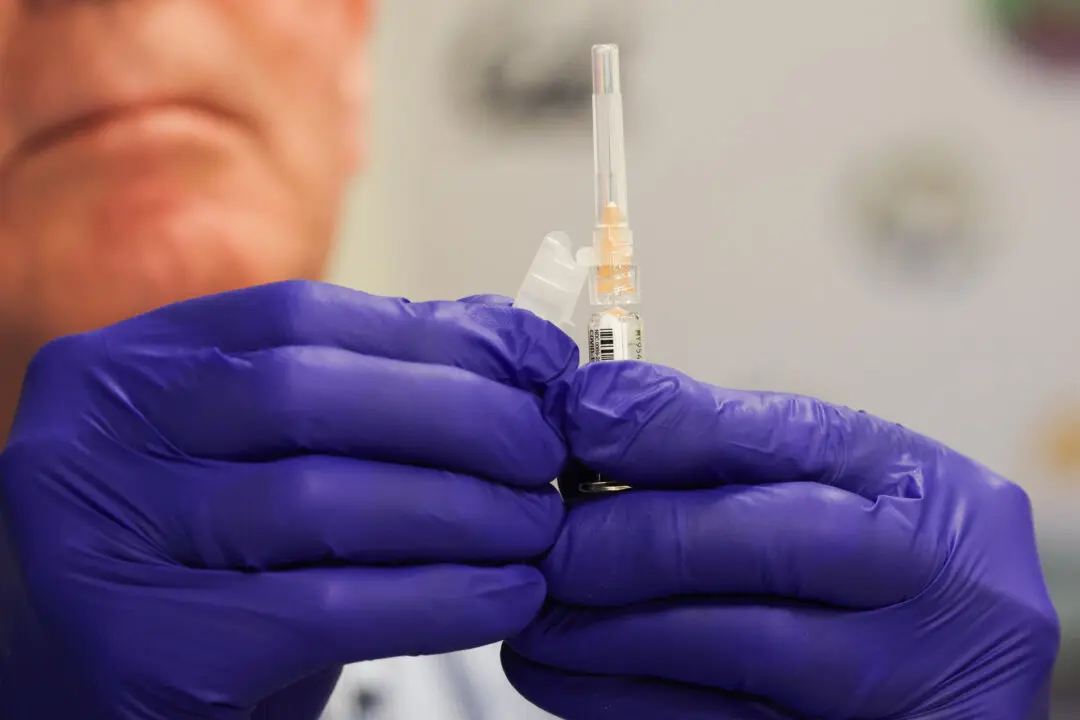The CCP virus was likely introduced to the Chinese wet market in Wuhan that was originally said to be the origin of the pandemic by humans, researchers found.
Scientists in Canada and the United States examined environmental samples from the seafood market in the epicenter of the CCP (Chinese Communist Party) virus and found them “genetically identical to human SARS-CoV-2 isolates,” they wrote in a preprint study (pdf).





